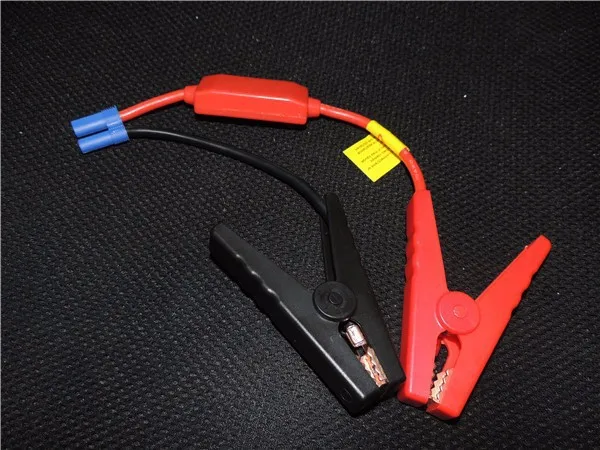i was wondering if it could be the CHEAPEST way to jump start a car. What do you think?
I ’ve recently seen that most of jump starter are using these kind of battery configuration inside:
A) li-po 3s with nominal voltage 11.1, real MAX voltage on fully charged (4,2v x3) 12,6v
B) li-po 4s with nominal voltage 14.8, real MAX voltage on fully charged (4,2v x4) 16,8v
C) lifepo4 4s with nominal voltage 12.8 (3,2v x4), real MAX voltage on fully charged (3,6v x4) 14,4v
For what i know…….C option is the “best” possible because the final voltage is the neares and otimal to be SIMILAR to a lead acid battery, in fact a fully charged car battery is at about 14.4/14/7v with the alternator of the car. But the BIG CON is the big price of this kind of batteries…….that push me out the idea of using them.
But i’ve found that on most chinese jump starters, it’s used a 4s li-po configuration.
I’ve read a lot of pages about the best thing to use… and some people howewer think that even if the maxvoltage of a fully charged 4s battery is too much high, in a real life scenario it’s not a REAL problem because the dead lead acid battery, when you connect the 4 s battery, can bring DOWN the EFFECTIVE voltage of the battery…. that going down coud perfectly fit the optimal voltage range of about 12.5v to 15v needed to be SAFE for the car input circuit.
so, if my considerations are quite reasonable…… to jump start a car only need the purchase of a lipo that can generate AT LEAST 100Amps of power, better if over 130/150amps , and built yourself (or buy) a connection with 2 alligator clips, and solder them with THICK diameter electric cables, terminating with a classic RC connector like EC5 or XT60…the same used by li-po battery you have.
or buy something like this…

……and of course, you should have a hobby charger to be able to charge and/or test the battery quality and capacity, BEFORE to use it as a “car battery safer…”
what do you think about it? i think there is no need to buy a low quality chinese power bank with jump start function, they generally use INFERIOR QUALITY internal li-po batteries…and i think the lifesman of that battery is going to be quite LOW, being mistreated with hiigh loads over 100/150A by the car. Instead using a battery of known quality/brand there is more chance it’s going to be safe(not exploding) and to save the lifespan of battery over some years…… all IMHO naturally ![]()
